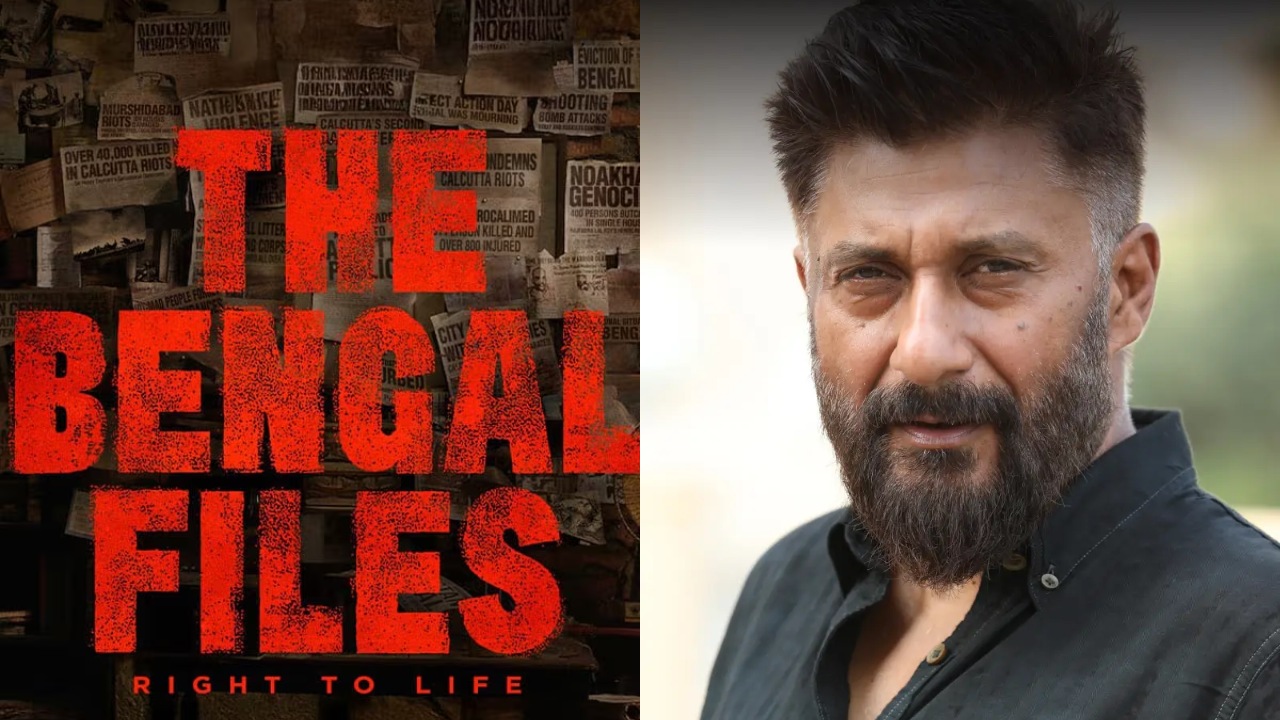Vivek Agnihotri’s upcoming film The Bengal Files has landed in legal jeopardy months before its scheduled release, enticing sharp criticism from the family of a prominent historical figure portrayed in the film. The issue lies in the depiction of Gopal Mukherjee, a prominent figure of the 1946 Bengal riots, who is well known, along with others, as having tried to protect the Hindu populace in a period of violent unrest.
The grandson of Gopal Mukherjee, Shantanu Mukherjee, has filed a police complaint and issued a legal notice to Agnihotri, accusing the filmmaker of grossly misrepresenting his grandfather’s identity. The objection arises from a line spoken in the trailer for the film: Mukherjee is referred to as “Ek Tha Kasai Gopal Patha,” a phrase that is translated loosely as: “There was a butcher named Gopal Patha.” The family felt that this was an inaccurate and derogatory portrayal.
According to them, Gopal Mukherjee was not a violent figure, but rather someone who stood up in defence of his community during a time of communal carnage. He was associated with the broader Indian freedom movement and is said to have shared ideological alignment with Netaji Subhash Chandra Bose. The family holds the view that by branding him with terms like “Kasai” (butcher) and “Patha” (goat), his image gets defaced and his contributions are downgraded.
Add to this the allegation that the makers neither approached the family nor at least verified the historical accuracy of the portrayal before scripting it.
The Bengal Files explores the brutal events surrounding Direct Action Day, the Calcutta Killings, and the Noakhali riots—periods of intense communal violence that left thousands dead. Featuring a star cast including Mithun Chakraborty, Anupam Kher, Darshan Kumar, and Pallavi Joshi, the film is jointly produced by Agnihotri, Joshi, and Abhishek Agarwal.
Planned as a two-part series, the first chapter titled The Bengal Files: Right to Life is slated for clemency on September 5, 2025. While the film aims to highlight a disregarded chapter of Indian history, the antidote of the real historical characters poses serious questions about artistic responsibility and ethical storytelling.

